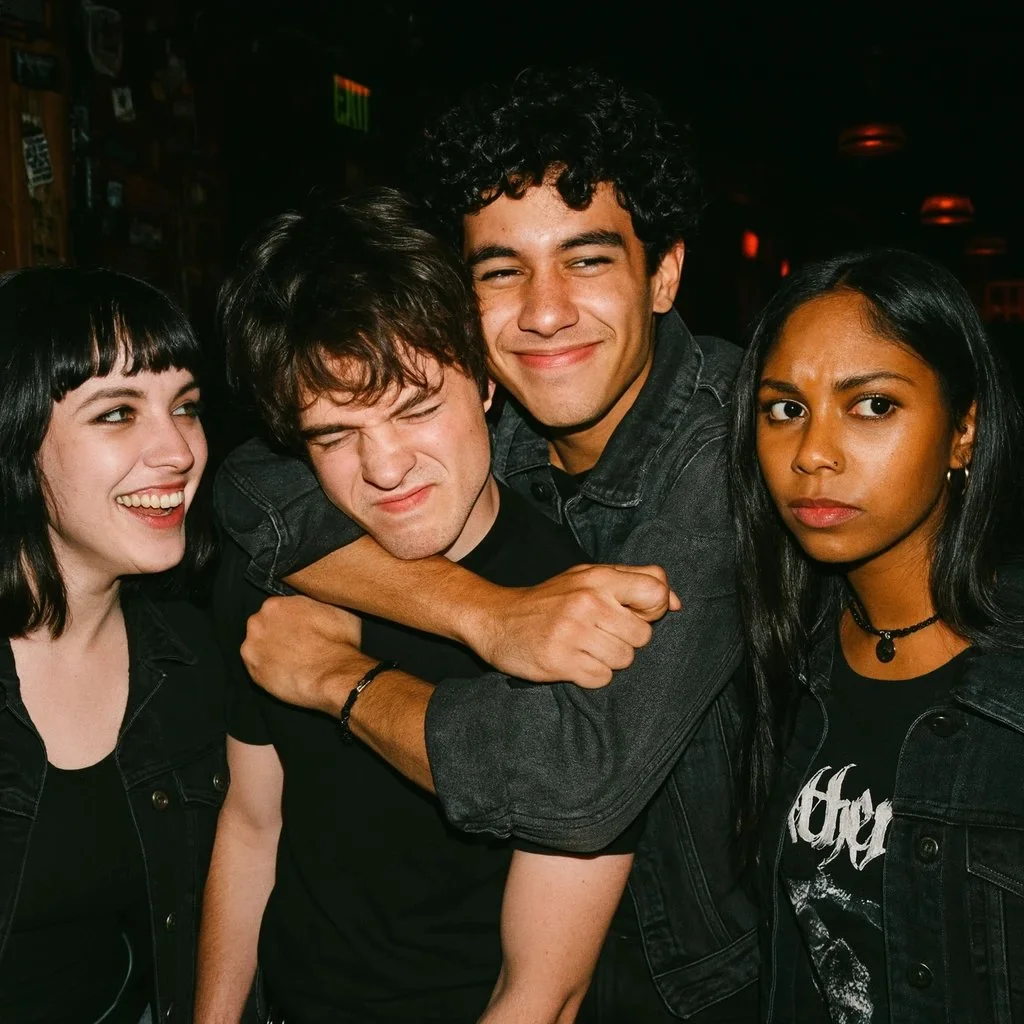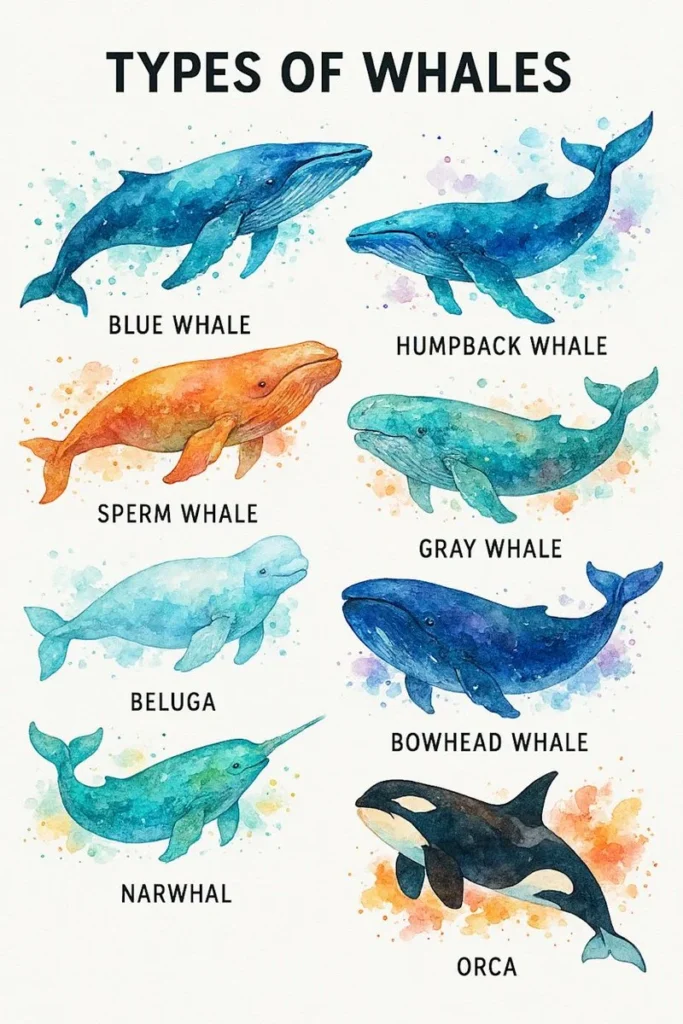OpenAI’s 4o Image Generation: A Game-Changer in AI Creativity

The latest innovation from OpenAI introduces the 4o Image Generation model, now integrated directly into ChatGPT via the GPT-4o architecture. This new model marks a significant step forward by combining text and image capabilities in one seamless AI experience.
In today’s visually driven world—whether for marketing, education, or personal creativity—having an AI that can generate high-quality, context-aware images is highly valuable for users ranging from individuals to large enterprises.
In this blog, we’ll cover the key features of the 4o Image Generation model, demonstrate Ten practical examples of its use.
Key Features of the 4o Image Generation Model
The 4o Image Generation model isn’t just another AI tool—it’s a leap forward in creative technology. Here’s what makes it special:

- Accurate Text Rendering
One of the biggest headaches with earlier models was their inability to handle text well. The 4o Image Generation model fixes this, delivering crisp, legible text in images—perfect for posters, labels, or infographics. - Precise Prompt Following
Got a detailed vision? This model can handle complex prompts with up to 20 distinct objects, creating images that match your description with impressive accuracy. - Leveraging GPT-4o’s Knowledge Base
Tied into GPT-4o, the model taps into a vast pool of knowledge and context. This means your images aren’t just pretty—they’re smart, aligning with the conversation or topic at hand. - Multi-Turn Generation
Creativity is a process, and this model gets that. You can refine your images over multiple steps, tweaking details like colors or layouts while keeping everything consistent. - In-Context Learning from Uploaded Images
Upload a reference image, and the model learns from it to create something new. This feature is a dream for artists or designers who want to maintain a specific style. - Enhanced Safety Measures
OpenAI prioritizes responsibility. Every image comes with C2PA metadata to mark it as AI-generated, and there’s an internal tool to verify its origins, ensuring transparency.
Check Out The 5 Best Image-Based Virtual Try-On AI Models: Pros, Cons, and Why They Matter
Practical Examples of Using 4o Image Generation
From witches parking brooms to Karl Marx dodging paparazzi—see how GPT-4o’s insane image generation brings 10 wild ideas to life!”
1. Polaroid Style Photographs
Prompt Recap: A candid, Polaroid-style photograph of four diverse friends in their early 20s at a gritty dive bar. Harsh flash lighting, sharp shadows, overexposed vintage feel, muted colors for early-2000s emo vibes. No border or logos, light graffiti on the wall, sharp details, silly and chaotic energy with playful grimacing, smiling, or tough expressions. One friend has another in a playful headlock.

GPT-4o Performance:
GPT-4o nails this prompt. It successfully interprets the nuanced requirements—balancing the overexposed Polaroid look with sharp details, capturing the emo aesthetic, and delivering a chaotic yet cohesive group dynamic. The model’s ability to handle specific lighting (harsh flash, sharp shadows) and color grading (muted, nostalgic tones) is impressive. It also manages the emotional tone and physical interactions (headlock, expressions) with precision, showing a strong understanding of human behavior and composition.
2. Photorealistic image at a farmer’s market circa 2006
Prompt Recap: A photorealistic image of a young girl at a farmer’s market in 2006, drinking a pink smoothie through a straw. She’s wearing denim overalls, and the background includes market stalls, people, and a timestamp in the corner.

GPT-4o Performance:
GPT-4o excels here in creating a photorealistic scene with a specific temporal context. The attention to detail (condensation on the cup, timestamp, period-appropriate clothing) demonstrates the model’s ability to anchor an image in a specific time and place. The lighting and depth of field are handled well, with a soft focus on the background that keeps the girl as the focal point. The model also captures the casual, everyday vibe of a farmer’s market, showing its strength in generating realistic human-centered scenes.
3. Incredible Text Generation Like Street Signs
Prompt Recap: A photorealistic image of two witches in their 20s reading a street sign in Williamsburg, NY. The signpost is covered with detailed, realistic signs, including humorous ones like “Broom Parking for Witches Not Permitted in Zone C,” “Magic Carpet Loading and Unloading Only (15-Minute Limit),” and “Reindeer Parking by Permit Only (Dec 24–25).” One witch holds a broom, the other a rolled-up magic carpet. The background includes streets, parked cars, and buildings.

GPT-4o Performance:
GPT-4o demonstrates strong text generation and photorealistic rendering here. The signs are legible, detailed, and contextually appropriate, blending humor with realism (e.g., the weathered look of the signs matches a busy urban environment). The model also handles the fantastical elements (witches, broom, magic carpet) seamlessly within a realistic setting, showing its ability to merge genres. The composition adheres to the prompt’s requirements, and the attention to detail in the background (cars, buildings) adds depth. This example highlights GPT-4o’s capability to handle complex prompts with multiple elements—text, characters, and environment.
4. Create Menus
Prompt Recap: A menu for a Korean restaurant called Haein in Marin, focusing on organic, farm-fresh ingredients. The design should be traditional yet upscale, with elegant “Peter Rabbit-style” illustrations of each dish. Menu items include Doenjang Jjigae ($18), Galbi Jjim ($34), Grilled Seasonal Fish (market price), Bibimbap ($19), Bossam ($28), Seasonal Makgeolli ($12/glass), and Hoddeok ($9). White background, all text rendered correctly.

GPT-4o Performance:
While the illustrations are charming, they lack the intricate detail of true Peter Rabbit-style art—Beatrix Potter’s work often includes fine textures (e.g., fur, leaves) and background elements, but these drawings feel a bit flat and simplistic. The menu layout, while clean, is overly minimalist; adding subtle traditional Korean design elements (e.g., a hanbok-inspired border) could enhance the cultural authenticity. The text font, while clear, feels too modern for the traditional theme—a more calligraphic or rustic font might better match the vibe.
5. Impossible Photos
Prompt Recap: A realistic photograph of a horse galloping across a calm ocean surface, with splashes, reflections, and ripples. Exaggerated horse movements, still ocean for contrast, wide panoramic composition, atmospheric perspective, worm’s-eye view, horse positioned at the horizon using the rule of thirds, horse size 1% of the image.

The surreal concept is executed with impressive realism—the splashes, reflections, and ripples are convincing, and the horse’s exaggerated movements add a cinematic flair. The composition adheres strictly to the prompt (rule of thirds, worm’s-eye view), and the atmospheric perspective enhances the sense of scale.
6. Cocktail Recipes
Prompt Recap: A professionally shot photorealistic diagram of the top-selling cocktails in a bar, with recipes labeled on handwritten brown cards with black text. Background is white, title is “4 Most Popular Cocktails.”

GPT-4o delivers a functional diagram but misses the mark on authenticity (handwritten text) and professional photography aesthetics (lighting, composition). The model prioritizes clarity over creativity, which works for a basic diagram but doesn’t fully meet the “professionally shot” expectation.
7. Educational Posters
Prompt Recap: An educational poster of different types of whales in an effervescent watercolor style, with a pure white background.

The watercolor style is vibrant, and the effervescent effect adds a dynamic quality to the illustrations. The whales are anatomically accurate yet stylized, and the white background ensures the poster is functional for educational use. The text (whale names) is clear and well-placed.
8. Generate Image from Code
Prompt Recap: (Not provided, but the image suggests a coded prompt was used.)

GPT-4o’s ability to generate images from code suggests technical precision, likely producing a detailed and accurate scene based on the coded parameters.
9. Paparazzi Style Photos
Prompt Recap: A candid paparazzi-style photo of Karl Marx walking through the Mall of America parking lot, looking startled, clutching luxury shopping bags. His coat flutters, one bag swings, blurred background with cars and a glowing mall entrance, flash glare for a chaotic tabloid feel.

GPT-4o captures the paparazzi style and anachronistic humor well, but it struggles with nuanced human expressions and background detail. The model leans too heavily on the flash glare effect, which detracts from the overall readability of the image.
10. Infographics
Prompt Recap: A visual infographic explaining why San Francisco is so foggy.

The infographic is clear and educational, with a simple diagram that effectively communicates the fog formation process. The arrows and labels guide the viewer logically, and the text is concise. The Golden Gate Bridge adds a recognizable element.
Conclusion: The Future of AI Image Generation
OpenAI’s 4o Image Generation model is more than an upgrade—it’s a paradigm shift in AI-driven creativity. By embedding image generation into ChatGPT, it combines the power of text, vision, and context into a single, user-friendly package. Whether you’re crafting marketing campaigns, teaching complex concepts, or designing the next big game, this AI image Generation Model offers unparalleled flexibility and precision.
Its standout features—accurate text rendering, multi-turn refinement, and in-context learning—coupled with upgrades like speed and integration, position the 4o Image Generation model as a must-have tool for professionals and hobbyists alike. As AI continues to reshape how we create, OpenAI’s latest offering proves that the future of visual content isn’t just about automation—it’s about amplifying human imagination in ways we’re only beginning to explore.
